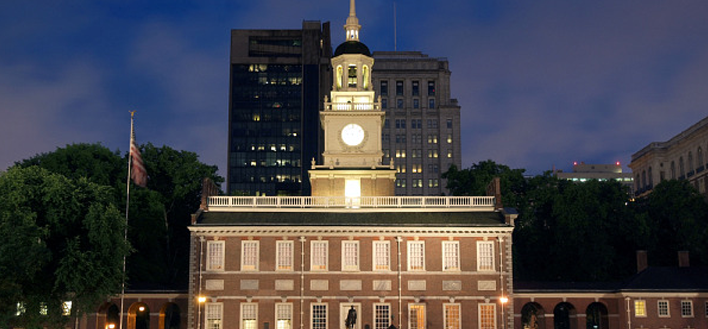It's been another quiet week on the bands and in the shack here. 8 contacts, USA and Canada, VA7CKD is the long-distance QSO this week at 1415.5 miles.
The week started off with some fun on Saturday afternoon, when I intercepted and decoded a secret message. I learned a lot of neat stuff in doing so. Subsequently my friend Mark, K5CYA, pointed me to this video about how the Enigma machine works:
That led me down a rabbit hole to this video about how they cracked it:
Pretty neat stuff. I was impressed. But then...someone had to make one out of a pringles can and ...well... I couldn't decide if that lessened the esteem of the Enigma, or was just really cool and imaginative use of a Pringles can. I'm impressed with that too!! lol
Anyway, I got a reply to my decryption saying it was 100% correct and they'd send me a certificate. I'll post a picture when it comes in.
Speaking of "certificates," there is an ooooold tradition among radio operators and listeners of exchanging "QSL Cards." "QSL" is a morse-code shorthand for "I confirm receipt of your transmission," comparable to "roger" or "copy-that" on voice comms. So a QSL card is a report to a transmitting station saying "I'm officially confirming that I heard you or we had a conversation" and it lists the details like date, time, frequency, mode, etc and maybe a personal note. Shortwave listeners sent them to radio stations and the stations would often respond with a nice color card or photograph or something. Hams picked up this tradition and keep it alive today. I received a few on Friday:
This is one of my favorite things about the hobby. I know that seems funny, that one of the best things about a hobby involving radio communication would be a regular old post card in the mail, but come on, who doesn't love to get mail? And it's always neat to see the designs and photos people choose to use for their cards. I have a photo album where I put the ones I receive. It just adds another dimension to the hobby and increases the amount of exposure to decent folks. ;-)
I'd show you my card, but...I'm not sure if I have you in my log book... Wouldn't want to spoil it. :-D
Been concentrating on my CW. All the contacts this week were CW except one RTTY. I enrolled in an online class that starts in September. My goal is to get up to 25 words per minute or more. Right now I'm at 12-15, but I really want to get better and faster. I'll be sure to let you know how that goes.
Tomorrow, Sunday, is the "Flight of the Bumble Bees," a QRP (low power) operating event where Bees go out to filed-operating stations and operate at 5 watts or less. The objective being to "capture" as many bees as you can. From noon-4:00 I'll be looking for the buzz-buzz-buzzing.
Thanks for reading! If we had a QSO this week, thank you!
If we didn't, I hope we do soon.
73!
"This week [...]" is a summary of Radio-related activity from Saturday through Friday.






























